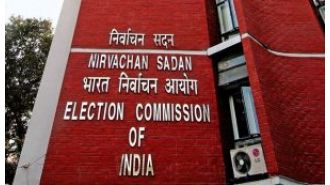The Lesson Of Title II and Time Warner Cable: Markets Have Two Sides
On thursday of this past week, I attended a small gathering of academics and policy makers who follow the technology sector. During that gathering, the news came out that the Comcast acquisition of Time Warner Cable was falling apart due to regulatory opposition. The conversation turned to the reasons why this happened.
I surmised that the reason for both the failure of Comcast/Time Warner Cable and the success of the Title II debate several months ago is that regulators and policy makers now understand that markets have two sides and you can’t just look at the consumer facing side of a market.
Comcast was correct in its assertion that they have very little customer overlap with Time Warner Cable and therefore consumers were not being harmed by the consolidation of the two networks. But if you look on the other side of their networks, to the suppliers of applications (Amazon, Google, Facebook, etc) and content (Time Warner, News Corp, Netflix) you see that the consolidation was going to be very harmful. Netflix was going to have one company standing between it and possibly half of its customers in the US. Same with Facebook. And there is no way that was going to be good for them. They may not have come out publicly in opposition to the merger, but you can bet that they came out in opposition privately.
The same is true of Title II regulation of the last mile Internet access. This was not a consumer story either. Very few advocates of “net neutrality rules” believe that this is a consumer issue. Very few have advocated that Internet access prices should be regulated. The debate has always been about the supply side of the market. The side where applications and content live. And the decision to apply Title II regulation to last mile Internet access was essentially a recognition that both sides of a network matter and that it is bad for the economy, society, and innovation to have a network attain enough market power to control what happens on the supply side of a market.
I don’t know enough about communications policy and antitrust policy history to know whether the two sided market construct has played an important role in the past. I think it may well have been an important factor in breakup of AT&T’s monopoly on wired telephony. And I expect there have been other examples as well.
But the one two punch of Title II and Comcast/TWC is a reminder that both sides of a market matter and competition (or the lack thereof) will have an important impact on how these markets function. I am a fan of both decisions and believe that our regulators and policy makers are thinking about this stuff correctly.






